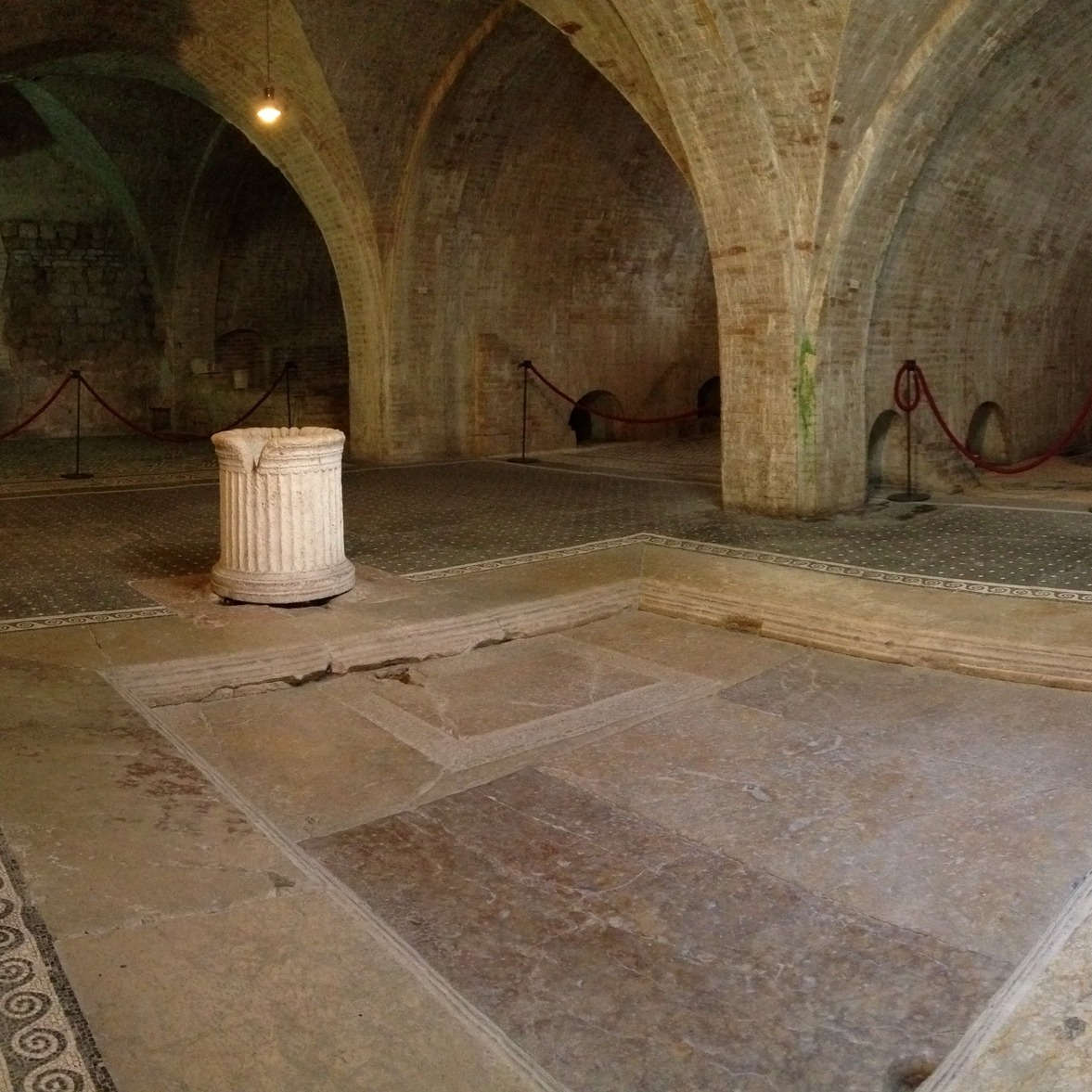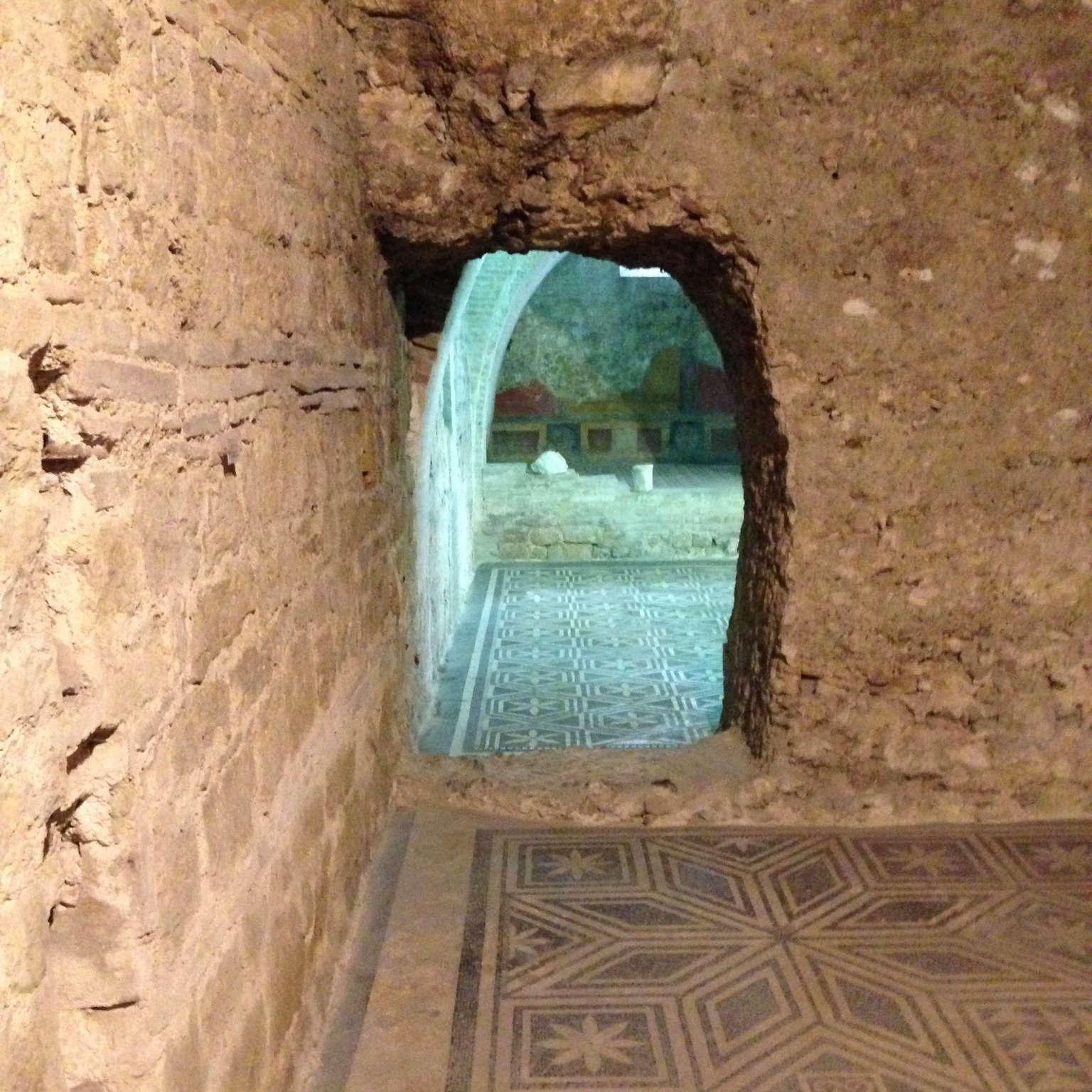Mosaic from Spoleto's Roman House restored and fully open to visitors again
Rome ’s history has distant roots with major extensions of its empire throughout the Italian peninsula and overseas. Beyond Latium, areas such as present-day Tuscany, Campania, and the Marches still possess valuable evidence of Roman power and expansion. Among the regions divided by Emperor Augustus (Rome, 63 B.C.-Nola, 14 A.D.) was alsoUmbria, the regio VI of the eleven regions of first-century Italy, also called Umbria et Ager Gallicus and comprising the territories located east of the Tiber River. The portion of land that the Romans had taken from the Senon Gauls, a Celtic population, was instead called Ager Gallicus. The city of Spoleto (east of the Tiber and thus in the territories of Umbria et Ager Gallicus) represented one of the prominent centers of the urban fabric of the empire of Rome. It was here that the restoration of an approximately two-meter portion of the floor mosaic of the Roman House dating from the first century AD was recently completed. Last year the environment had several critical issues, and after a series of restoration operations today it is once again open to visitors.
In fact, a gap had been detected near the area of theimpluvium, with a bulge that had caused the detachment of some mosaic tiles, which is why access to the peristyle of the domus had to be closed. In 2023, after the authorization of the Superintendence of Archaeology, Fine Arts and Landscape of Umbria, immediate actions were carried out to secure the damaged portion of the mosaic. The intervention, which cost about 3,000 euros, involved the application of support bandages with acrylic resin, the removal of the compromised tiles and their storage in specific containers for conservation. Spoleto’s Roman House, a stately home located in the foundations of the city’s municipal palace, owes its discovery to archaeologist Giuseppe Sordini, who oversaw excavations in the late 19th century. Following the discovery of an inscription bearing the dedication “...Polla” to the emperor Caligula, the discovery led to the hypothesis that the house might have belonged to Vespasia Polla, mother of Vespasian (Falacrine, 9 - Aquae Cutiliae, 79), a native of Norcia and owner of property in the territory between Norcia and Spoleto. Inside, the domus preserves the architecture typical of patrician residences of the late Republican and early Imperial ages. There are the remains of the tablinum, the main room of the house, the triclinium located on a raised floor and decorated with fragmentary frescoes and the peristyle, the inner garden of the house, of which some fragments of columns remain.
The municipal administration intervened “with the aim,” the entity explains, “of protecting and preserving one of the most interesting sites of cultural interest in the area of the ancient Roman Forum of the city, thus ensuring its full enjoyment.”
“It is now also possible to return to visit the part of the domus that had been closed to the public since 2023,” explained Councillor Danilo Chiodetti, “And this can only be a source of satisfaction for the municipal administration, which is investing in the conservation and maintenance of the entire cultural heritage. These works allow us to return to citizens and tourists one of the most interesting cultural sites in the area of the ancient Roman Forum of Spoleto.”


 |
| Mosaic from Spoleto's Roman House restored and fully open to visitors again |
Warning: the translation into English of the original Italian article was created using automatic tools. We undertake to review all articles, but we do not guarantee the total absence of inaccuracies in the translation due to the program. You can find the original by clicking on the ITA button. If you find any mistake,please contact us.





























